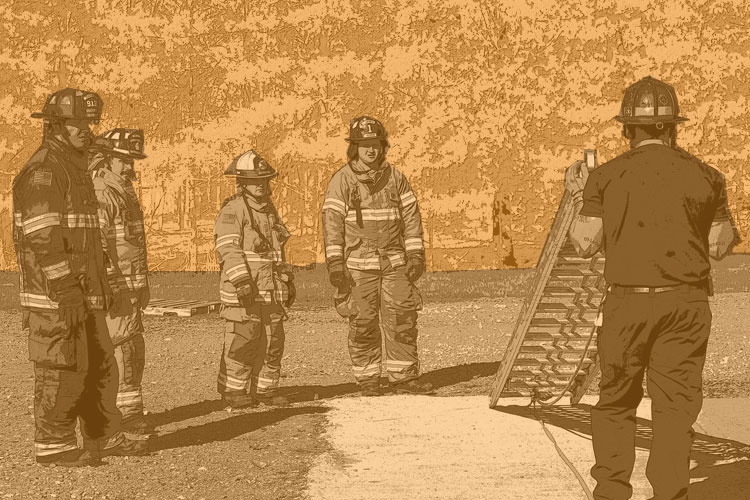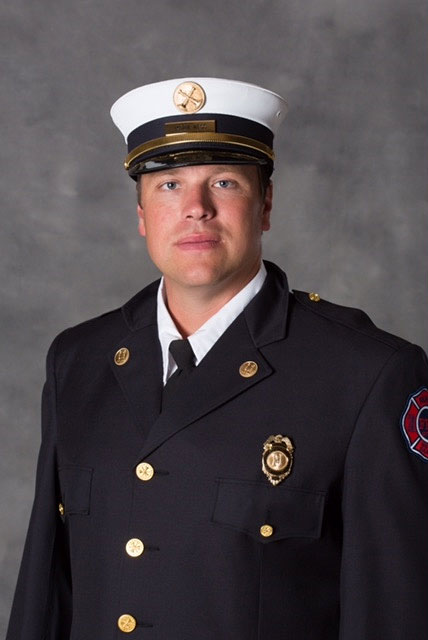

By Jason Ness
Above photo by Tony Greco
With the current use of social media, one doesn’t have to look far to find articles on leadership. Many of these articles discuss the concept that employees don’t leave their jobs, they leave their managers. These articles give helpful advice and tips to prevent the loss of employees because of poor leadership methods. The problems created by these poor leadership methods may very likely be rooted in transactional or authoritarian leadership styles.
The advice offered in these articles is beneficial, but what style of leadership is behind these tips to help keep people engaged and committed? The answer can be found through the application of servant and transformational leadership. To better understand the benefits of servant and transformational leadership it helps to break each method down and discuss a few of the individual concepts that make up each method. It’s also beneficial to understand how the appropriate application of each can increase organizational commitment and improve employee job satisfaction. In the fire service, the use of servant and transformational leadership will help to create a more effective and cohesive work environment.
RELATED
FIREFIGHTING SERVANT LEADERSHIP: THE RIGHT MEDICINE
Developing Leaders for the Next Generation
Fire Officers: Are You a Manager or a Leader?
Transformational Leadership for Fire Officers
Transformational Leadership
Transformational leadership focuses on initiating change in the individual by inspiring personal growth and development. In addition to inspiring change, transformational leaders foster commitment to the mission and values of the organization. The following are key attributes to transformational leadership.
Develop Relationships Based on Trust
Trust is possibly the most important element of a healthy working relationship. Communicate often and share knowledge. Treat others as equal partners in our mission. Be honest, humble, and consistent with your actions. When needed, stand up for and represent the needs of your team. Nurture your relationships and strive to not damaging the trust given to you by others.
Encourage Positivity
Positivity is contagious, and unaddressed fear harbors negativity. Positivity has the potential to create a healthier work environment and greater employee satisfaction. Be empathetic to the fears and concerns of others as they face change and assure them that you will navigate change together.
Have General Concern for the Well-Being of Others
Firefighters are human beings. This can be easily forgotten considering the many amazing tasks they accomplish. Listen to their needs and be empathetic to their situations. Be responsive to their concerns and understand that actions speak louder than words.
What will the application of transformational leadership accomplish for your organization? The result of transformational methods are firefighters who are confident, competent, committed, and high functioning individuals. Transformational leaders will have greater success in achieving and maintaining the trust needed to maintain strong healthy working relationships, which will help improve dedication to the organization’s mission and values.
Servant Leadership
Servant leadership is the leadership style where leaders place the needs of others before their own. Where transformational leaders inspire growth and commitment, servant leaders commit to providing the tools needed to achieve growth. Traditional organizational hierarchy places firefighters at the bottom of the fire department organizational chart. In this traditional model, their function is to serve the public by supporting the goals and objectives set forth by departmental leadership. This style of leadership considers placing the service-providing firefighters at the top of the chart and providing them with the knowledge and resources necessary to become high-functioning team members. Servant leaders can be seen as having the mindset of working on behalf our our firefighters so they can in turn provide great service to our customers. The following are effective actions of servant leadership.
Be Selfless with Your Actions
The cornerstone of servant leadership is putting the needs of others ahead of your own. Ensure others of your commitment to their growth and development. Put in the work needed to create confident and competent decision makers. Above all, avoid actions that appear selfish and self-serving.
Commit to the Personal Growth and Development of Others
At one point we were all new firefighters. Over time, we gained experience and had a greater understanding of what our new firefighters should know. Commit to sharing the knowledge you have gained and be the senior man you needed.
Take the Time to be Present
Show up and be part of the team. Join others in their work. This means you may need to roll up your sleeves and get in the trenches. Working side by side strengthens the team mentality and shows others you are engaged in their work and that you have a shared mission.
As with transformational leadership, servant leadership is a great tool for developing healthy long-lasting relationships based on trust. True servant leaders leave a positive impact on those around them and their influence creates an environment that fosters commitment and growth.
In the fire service, our people truly are our greatest asset. Just as we invest in maintaining and servicing our equipment, we must invest in our people. Give them your time, your effort, your patience, and your appreciation. In return, you will receive their trust and commitment. Leaders come in all sizes, shapes, and forms and will be found in every position of your organization. Leadership is a journey and relationships are developed over a thousand small interactions. Being humane in your dealings with others is the key to servant and transformational leadership.
REFERENCES
Bass, B. M., & Riggio, R. E. (2016). Transformational Leadership, (Second ed.). Mahwah, NJ: Lawrence Erlbaum Associates.
Goler, L., Gale, J., Harrington, B., & Grant, A. (2018). Why people really quit their jobs. Harvard Business Review. Retrieved from https://hbr.org/2018/01/why-people-really-quit-their-jobs.
Kastros, A. (2018). How to inspire and motivate firefighters. Fire Engineering. Retrieved from https://emberly.fireengineering.com/content/dam/fe/online-articles/documents/FEU/FEU-KastrosApril13.pdf
Northouse, P. (2016). Leadership: Theory and practice (7th ed.). Thousand Oaks, CA: SAGE Publications, Inc.
Spears, L. & Lawrence, M. (2004). Practicing servant leadership. San Francisco, CA: Jossey-Bass.
 Jason Ness is a battalion chief with the City of Fargo (ND) Fire Department and has been with the department for 17 years. He is a fire service instructor with the Minnesota State Community and Technical College and the North Dakota Firefigthers Association.
Jason Ness is a battalion chief with the City of Fargo (ND) Fire Department and has been with the department for 17 years. He is a fire service instructor with the Minnesota State Community and Technical College and the North Dakota Firefigthers Association.

